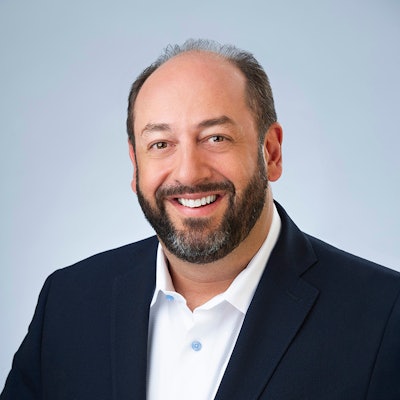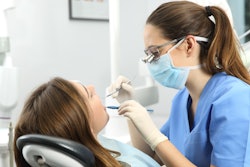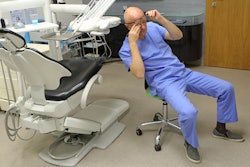
In the aftermath of SmileDirectClub (SDC) shutting down, we need to ensure that its specific approach to teledentistry isn't confused with the broader benefits that teledentistry offers across various settings and cases. We believe teledentistry brings much-needed improvements to both patients and dentists.
More than one-third of Americans do not see a dentist each year. Over 75 million live in dental provider shortage areas. The average wait time to get an appointment is 24 days. These are some of the real challenges facing care, far more significant than slight orthodontic misalignment. It is imperative to remember that teledentistry is a vital solution for increasing access for all patients and breaking down a multitude of barriers that keep many patients from obtaining care. Moreover, when implemented effectively, teledentistry brings more ease to the dental patient experience, which is appreciated by today's healthcare consumer.
While the recent focus on the failure of SDC must consider a range of business factors that led to its demise, its claim to be a “teledentistry company” never resonated with us, as SDC used such a limited approach to teledentistry that it did a disservice by not only limiting the public’s perception of this technology but also by aggravating the response of dental boards and legislators.
Teledentistry does its best work when its impact extends across various needs and use cases, such as supporting dental outreach in rural and underserved communities; helping reduce dental emergency room admissions; providing second opinions; providing convenient, low-cost, anxiety-free evaluations; connecting medical sites to dental care; and supporting care coordination -- to name just a few.
When integrated into a comprehensive approach to dental care, teledentistry serves as a virtual bridge between patients and dental providers, helping to facilitate a connection to hands-on treatment. While SDC was innovative in its use of teledentistry to facilitate a level of convenience expected by today’s healthcare consumers -- and with rapid growth underscoring the public’s interest and trust in convenient, affordable care -- its failure to offer a comprehensive connection to care prior, during, and post-treatment has now left thousands of frustrated patients burdened with finding their own provider to complete treatment midstream.
Virtual dental opportunities are designed to bring more patients into care and support ongoing patient engagement throughout the dental care journey. Taking this approach could have embraced the value of teledentistry and ensured that SDC patients had a link to care throughout their treatment plan and beyond.
As pioneers in teledentistry, MouthWatch and Dentistry.One strongly believe in the significant benefits this technology offers, and we remain agile in our ability to offer teledentistry solutions in multiple forms. We are committed to championing a patient-centric approach to policy and legislation surrounding teledentistry and other policy considerations tied to transforming care. It is crucial, however, to separate the business model failure of SDC from the success of teledentistry and its pivotal role in enhancing oral health for millions of individuals.
Brant E. Herman is the founder and CEO of MouthWatch LLC and Dentistry.One LLC. From on-demand dental consultations to patient support, care coordination, and oral health coaching, Dentistry.One aims to improve health outcomes, increase healthcare efficiency, and enhance the patient and provider experience.


.hpp4JFpXkV.png?crop=focalpoint&fit=crop&fp-x=0.5&fp-y=0.5&h=100&w=100&auto=format%2Ccompress&q=70)




.RbyOLNR6ps.png?crop=focalpoint&fit=crop&fp-x=0.5&fp-y=0.5&h=167&w=250&auto=format%2Ccompress&q=70)











